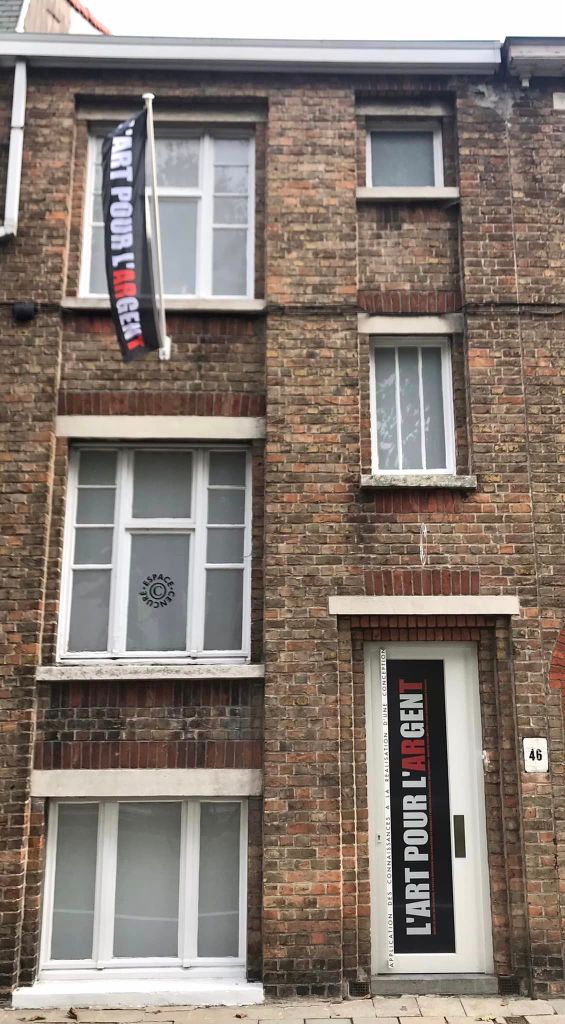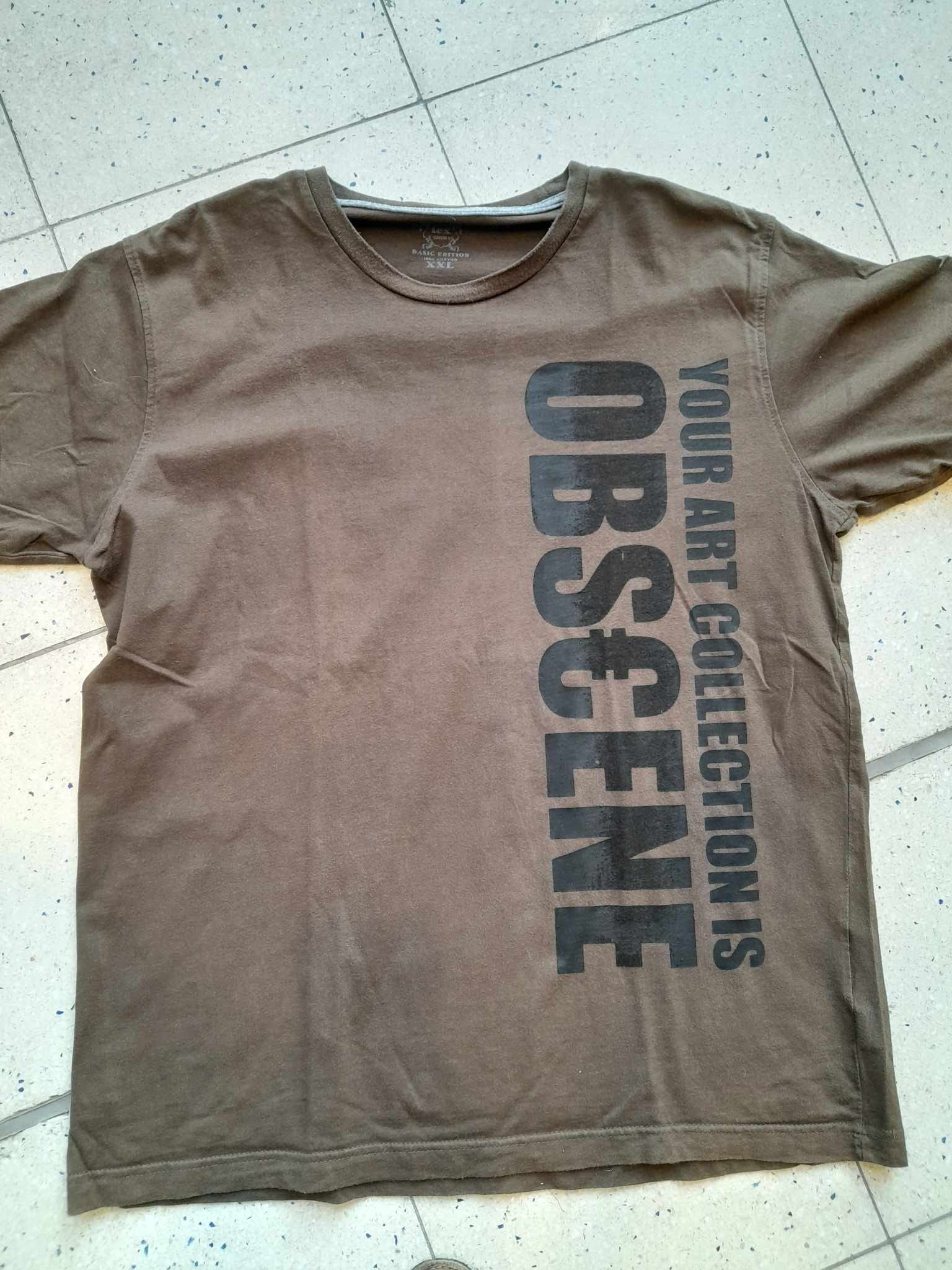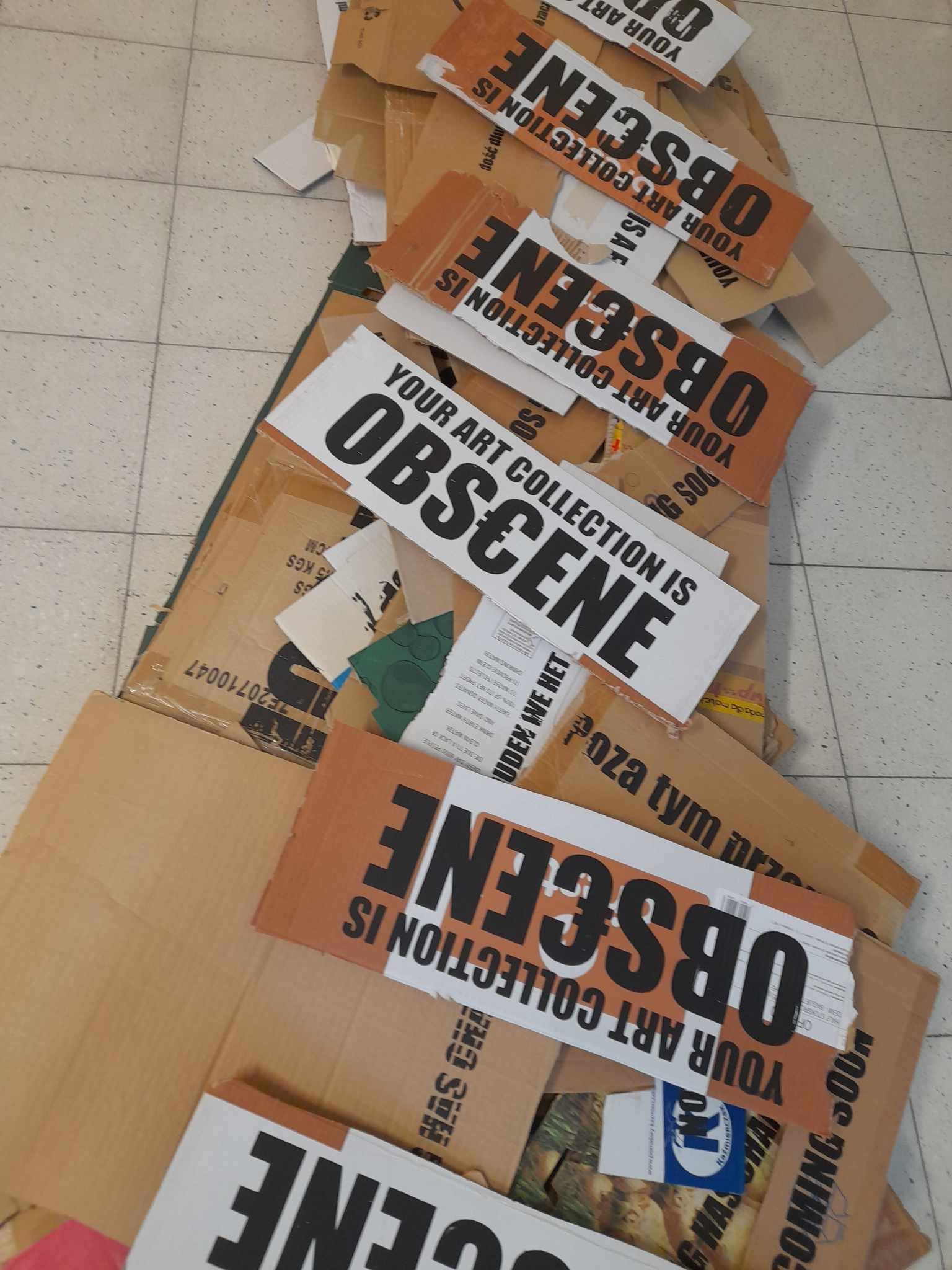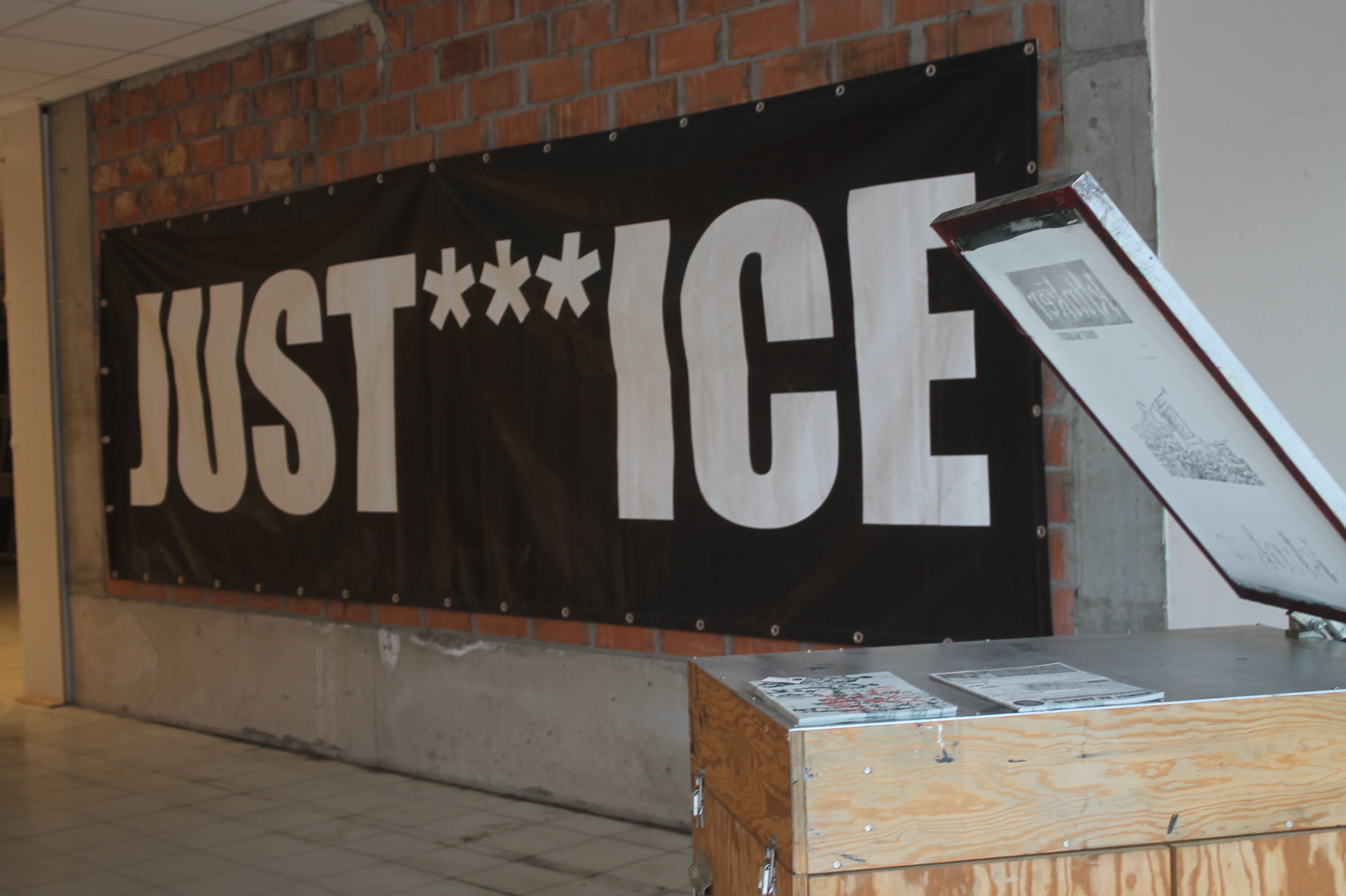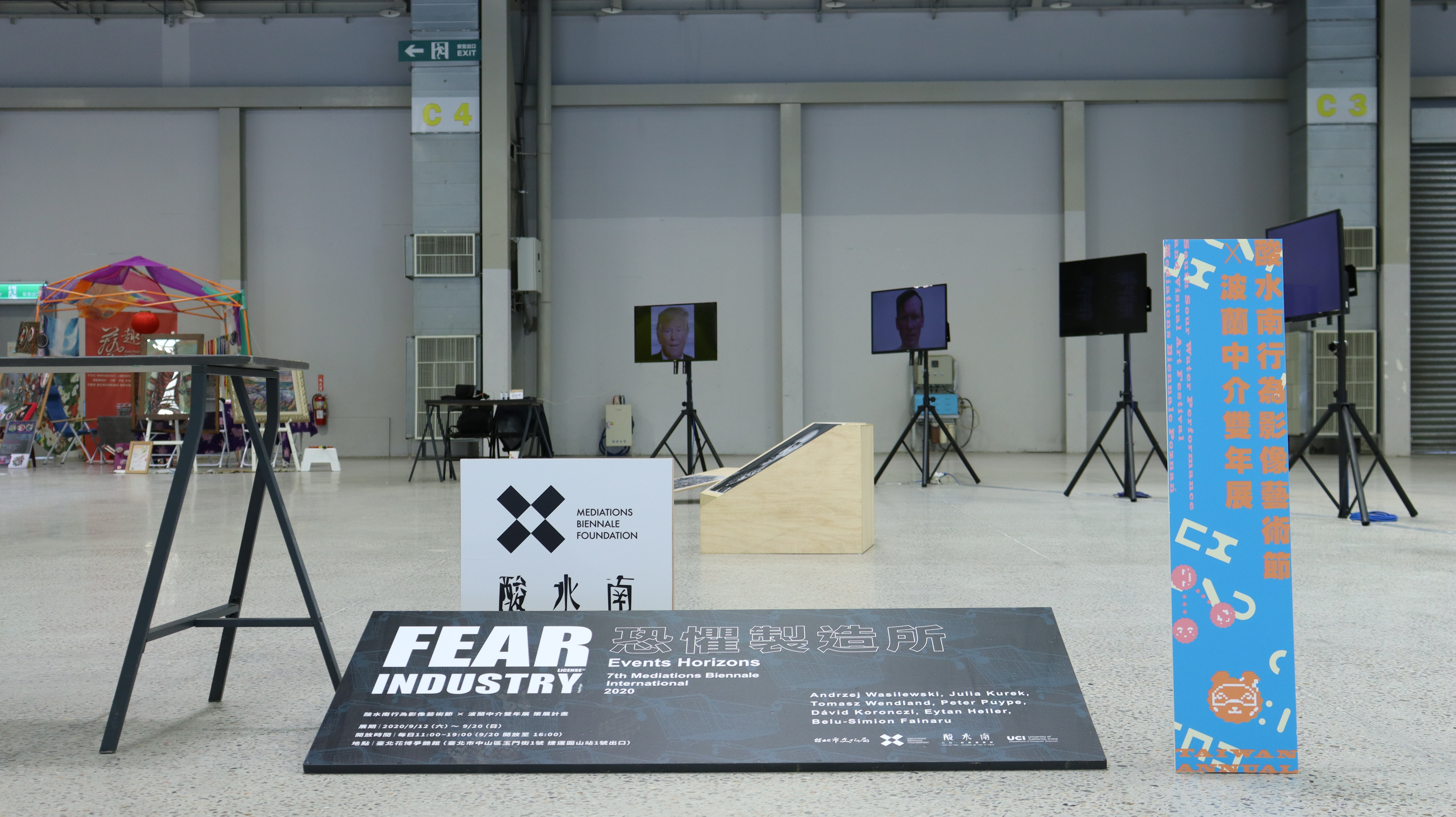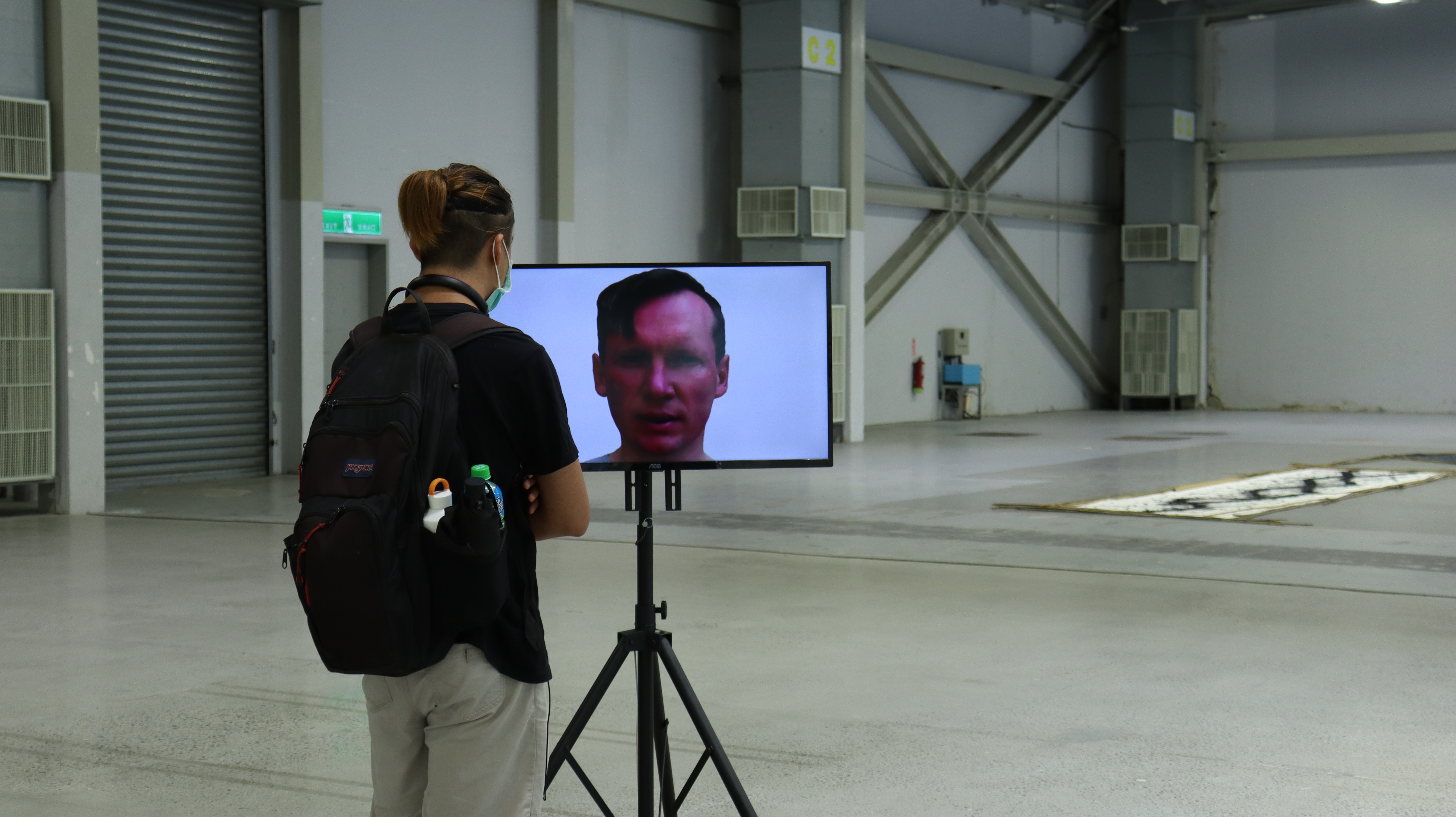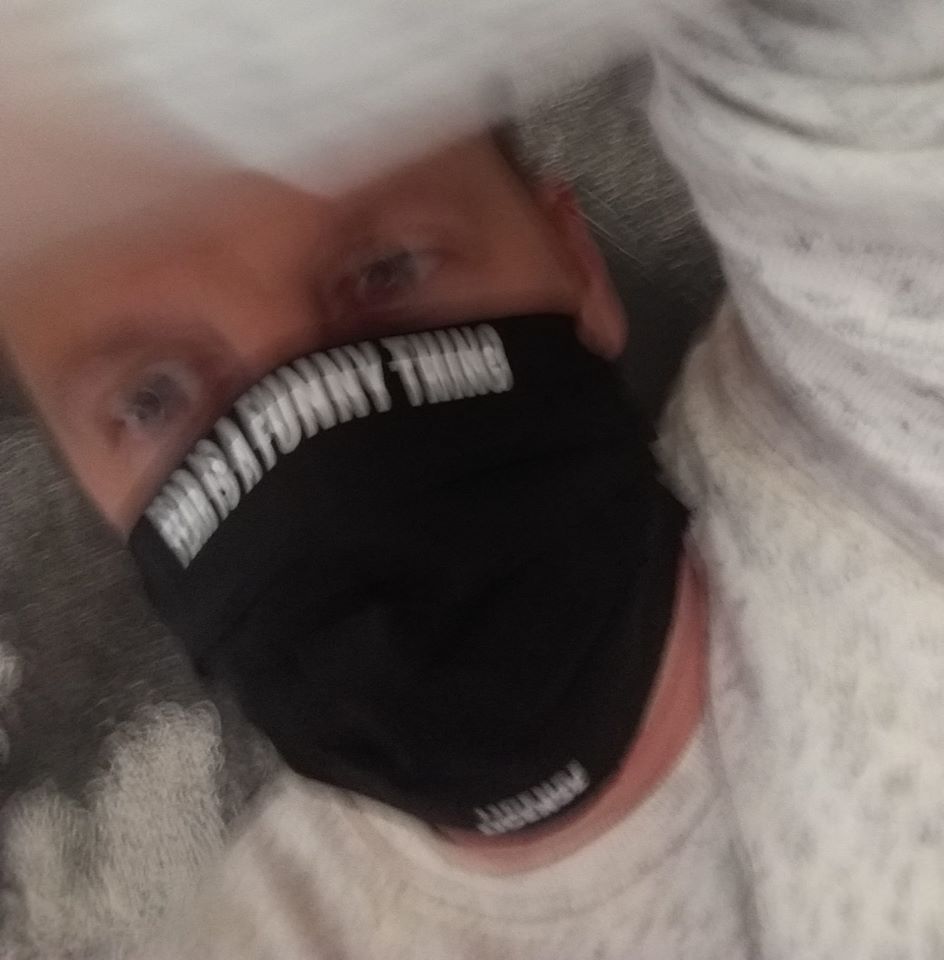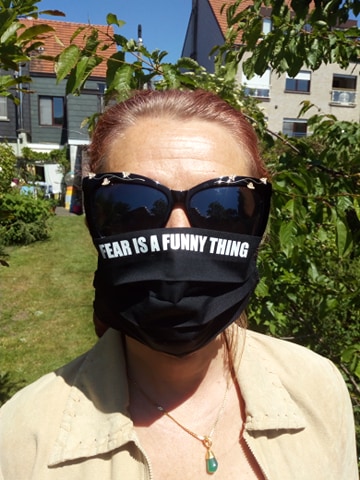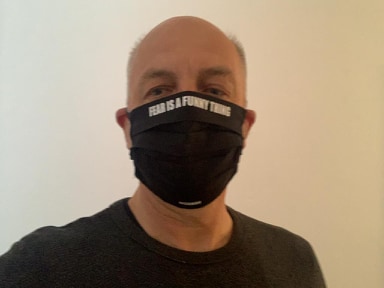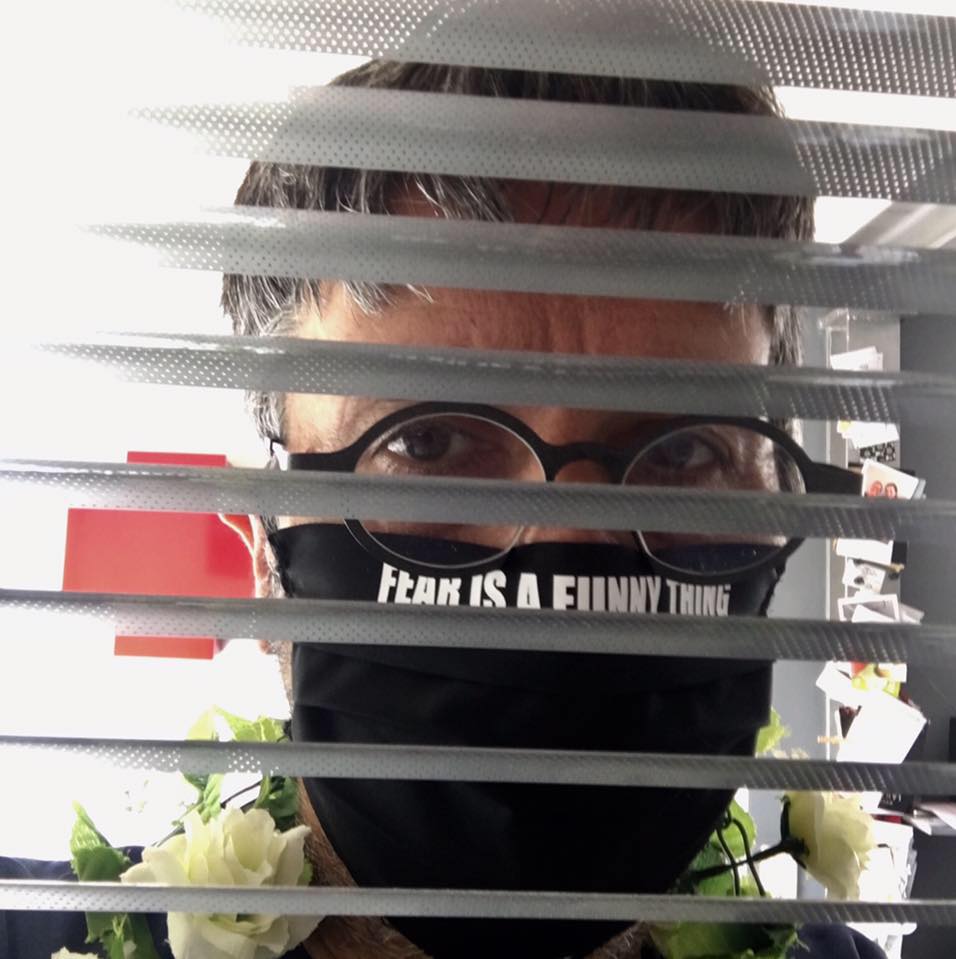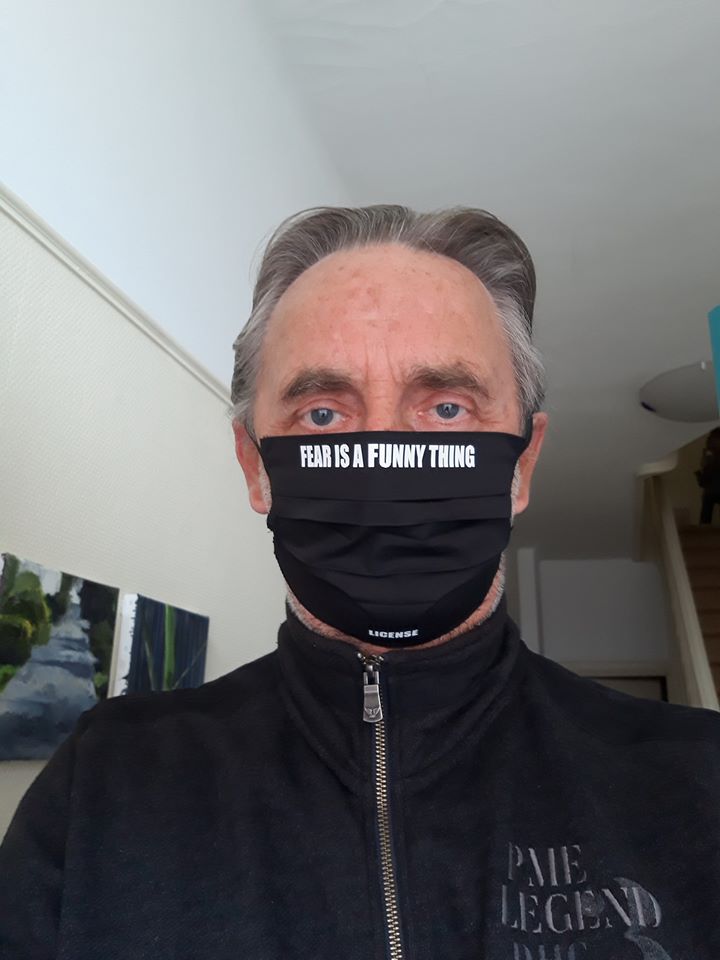ArtIstanbul Feshane, hosts Mediations Biennial, with the title, I am another you, You are another me.
ArtIstanbul Feshane, one of the historical places brought to the city after a comprehensive restoration process by the Istanbul Metropolitan Municipality Cultural Heritage Department (IMM Heritage), meets art lovers with a new exhibition.
At a press conference recently held for the event, Istanbul Mayor Ekrem İmamoğlu expressed that the biennial coincides with the 100th anniversary of the founding of the Republic of Türkiye, and emphasized that Istanbul is one of the most valuable art cities in the world.
Stating that art has a great power on the world, İmamoğlu said, “Art has the power to overcome all conflicts and all negativities and bring the masses together with goodness, beauty, peace and tranquillity. It has a healing power. I do not believe that a person surrounded by art can live a life full of violence and anger. On the contrary, it will make a person feel at peace. Every branch of art and every work affects me in this way.”
The 10th Asia-Europe Mediations Biennial is the result of a collaboration of 17 curators from various countries. Paintings, 3D works, photographs, videos and digital works of approximately 154 artists invited by the curators meet the audience in the magnificent atmosphere of ArtIstanbul Feshane.
The Mediatons Biennial, founded by the artist and curator Professor Thomasz Wendland and his team in Poznan, Poland, in 2008, will be held at Artİstanbul Feshane under the auspices of the IMM Culture Department, in the context of the 100th anniversary of the Republic of Turkey.
In this sustainable exhibition series, which aims to present Conceptual Art and Media Art productions in a global context, 727 artists from 33 European and 34 Asian countries have participated in more than 10 exhibitions so far.
The feature of this biennial is to enable artists and curators, who live in a very wide geography and need support and solidarity in terms of communication and cooperation, to meet with a wide audience in various cities through joint work. Its second feature is to overcome political, economic, cultural and ecological negativities in a global context and to act as a peaceful, constructive and conciliatory mediator between the artist’s creativity and production and the broad masses.
The event is the result of the collaboration of 18 curators from various countries who wanted to participate in this common goal of dialogue. Paintings, three-dimensional works, photographs, videos and digital works of approximately 150 artists invited by the curators will meet the audience in the magnificent space of the Feshane building.


